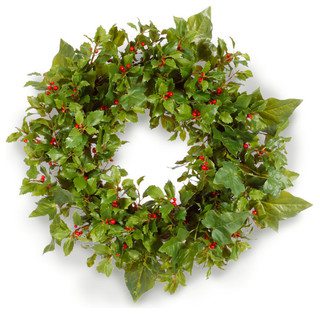Yule is celebrated from December 21 through January 1. It originated in central Europe and Scandinavia. Yule starts on the shortest day of the year, the winter solstice. Yule is the celebration of light returning. The days will get longer and warmer and the nights will be shorter. There are many symbols associated with the Yule celebration.
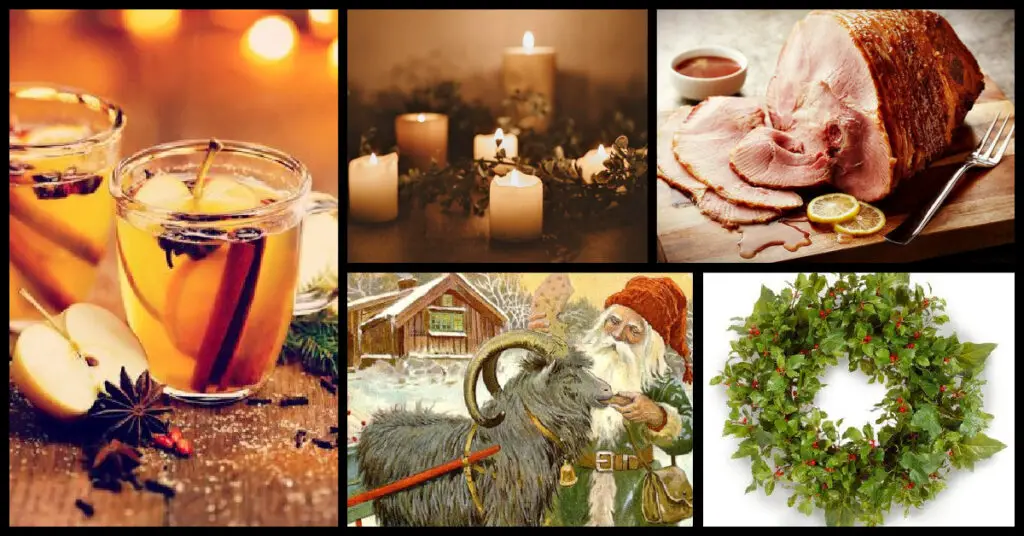
Yule Log Symbol
Symbol of light, protection.
The Yule log is burned for all of the nights of Yule. In Celtic tradition, a large tree, usually Oak, was cut down and brought into the house. The end of the tree was put into the hearth and a fire was started from the yule log from the year before. This Yule log would keep spirits away during the time of Yule. If the fire burned continuously, the light would return more quickly to the world. When Yule was over the remaining wood would be used to light the next year’s Yule log. The yule log was stored under the bed for good luck and protection from fires.
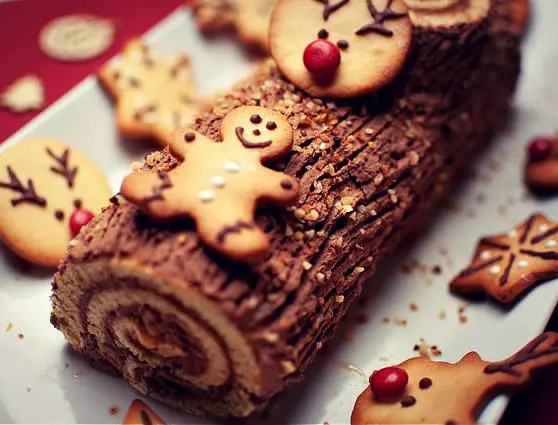
Later the yule log turned into a smaller log that was lit at the beginning of the yule. Yule logs are still around in modern times. In England, during the early 1900s, a Yule log was given as a gift. The log burned through Yule and the leftovers were kept to be used to light the next year’s Yule log. In modern times the tradition of the Yule log has been kept up. There are videos of people lighting Yule logs. The French have a Yule log pastry that resembles a log and is layered cakes filled with frosting.
Yule Goat Symbol
Symbol of magic, light, trickery.
The Yule goat is a symbol of Thor, the god of thunder and light. Thor rode a chariot pulled by two goats. In Paganism, the last bundle of grain from the harvest was considered magical. It was named the Yule goat and was put aside for Yule festivities. It was considered the spirit of the harvest. Also in Proto-Slavic times, the god Devac was represented by a white goat. A man dressed as a white goat would go around and demand presents. In Sweden, over a thousand years ago, a man dressed as a goat to represent Thor’s goats and in a pageant was sacrificed before Yule. The goat would then rise again during Yule and the coming of the light.
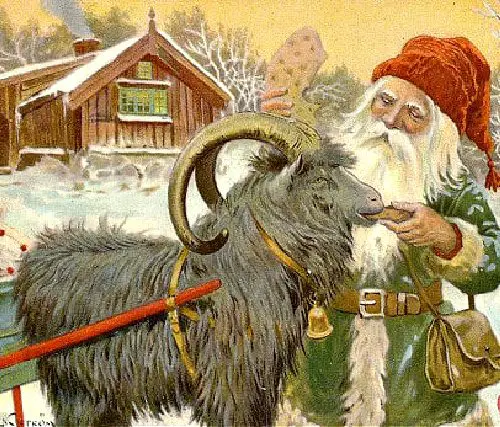
During the nineteenth century, the Yule goat became more benevolent. He would give gifts instead of demanding them. The Yule goat was replaced by St. Nick in Christianity. In Sweden, people still go Julebukking where they disguise themselves with one person being the Yule goat and go caroling around the neighborhood. Neighbors give them drinks and try to guess who is in costume. There are also Yule Goat ornaments mostly found on Christmas trees. There are also giant Yule goats built in cities and towns. This tradition started in 1943 when a giant Yule goat was constructed in the town of Gavle in Sweden.
Yule Tree Symbol
Symbol of everlasting life, sun, World Tree, happiness, unity.
The Yule tree in Pagan times consisted of pieces of evergreen and other greens gathered together to symbolize everlasting life and the World Tree. They adorned the greens with pinecones and berries in honor of the gods and goddesses. They would also put things on live evergreen trees outside that they hoped to gain in the new year such as grain for a good harvest, coins to get wealthy, nuts for fertility, and love charms. In Scandinavia, evergreens were favored by the sun god Baldar and were brought inside to charm the fairy folk during Yule. In Germany, in the 1600s they adorned their Yule tree with candles. Despite Christian influence in North America, the Yule tree tradition made its way over. German settlers brought the Yule tree tradition over to North America.
In modern times people still decorate trees during this holiday season. Yule trees with fruits and animal ornaments are seen and are a symbol of the unity of the world and its creatures and also a symbol of light in the dark season.
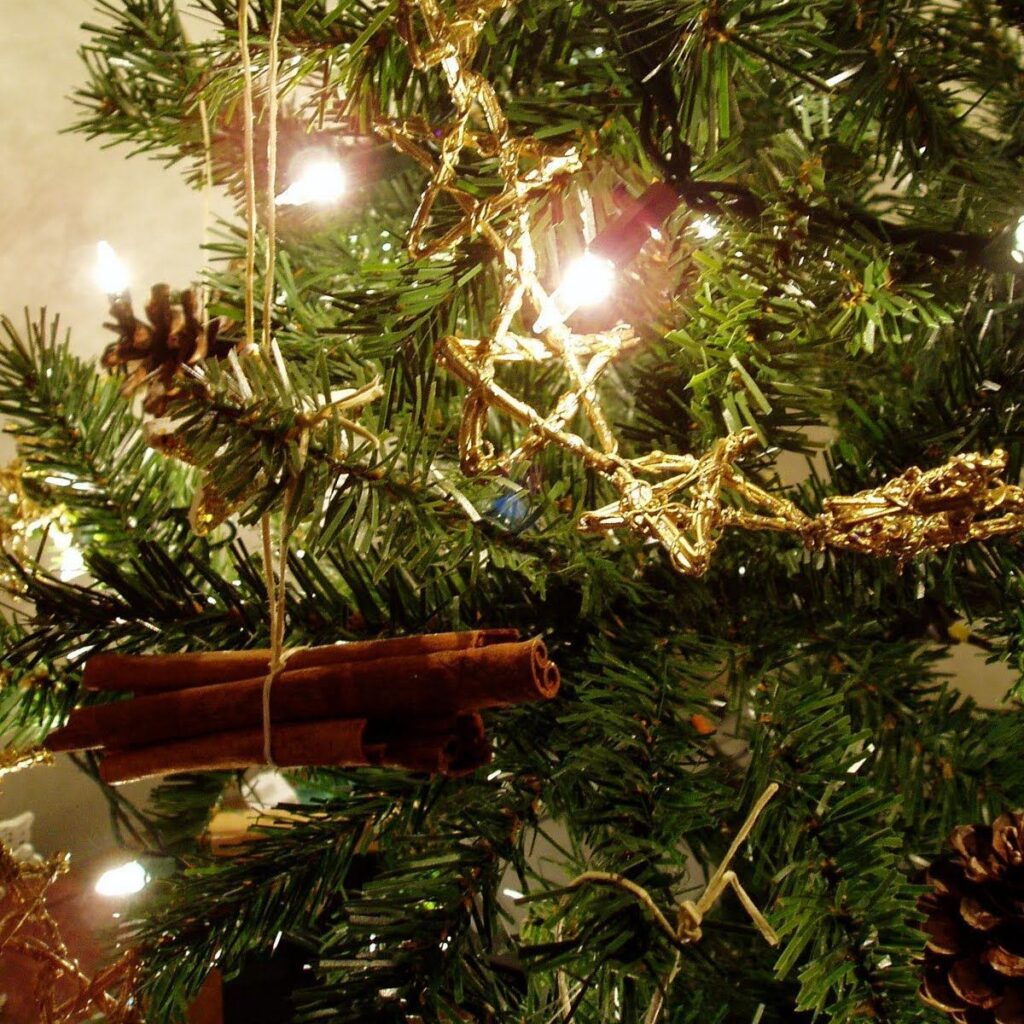
The Yule Ham Symbol
Symbol of love, harvest, fertility.
The Yule ham is a tradition dating back to Pagan times. Freyr is the goddess of the harvest and she rode a boar with golden bristles. During Yule wild boars were sacrificed to her. They hoped that the goddess would bless them with children, love, and a bountiful harvest. The wild boar would be boiled and eaten at the Yule feast. Later the wild boar would be served during Yule and the head of the boar with an apple inside would be served to the head of the family.
In modern times people still eat ham at dinner. One of the earliest carol’s The Boar’s Head Carol, referencing the Yule wild boar, is still sung today in England.
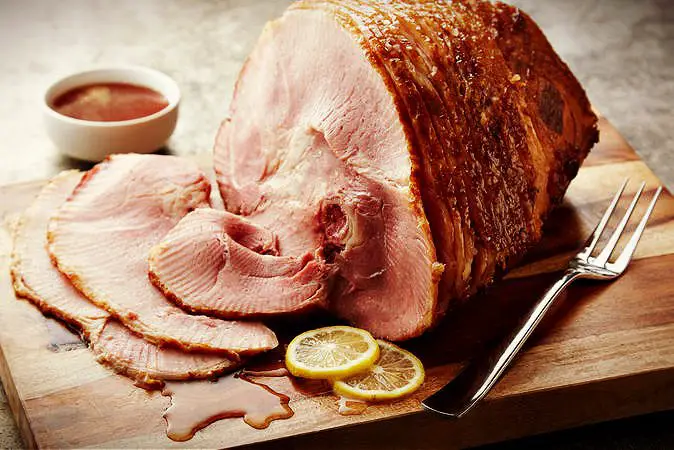
Mistletoe Symbol
Symbol of protection, fertility, peace, life, happiness.
Mistletoe was used by Druid priests during Yule. The white berries symbolized the Oak King or Forest God and the green leaves symbolized the Mother Goddess and fertility. Mistletoe grows on Oak trees. The Druid priests would harvest the mistletoe with a golden sword and women would catch the branches in a white cloak. If the branches touched the earth all of the magic would be drained from the mistletoe. Mistletoe adorned all of the doorways and protected people from evil. A sprig of mistletoe was also worn or hung above a bed to promote fertility. Mistletoe was also fed to livestock to promote fertility among the animals.
In Scandinavia in ancient times, Norseman would broker peace beneath the mistletoe. All of them would lay down their arms. The white berries symbolize the goddess Frigga’s tears after the mistletoe was used to kill her son Baldr. He was then brought back to life and Frigga kissed him under the mistletoe. She then blessed the mistletoe. In modern times people hang mistletoe in their houses. The tradition of kissing under the mistletoe continues. It is still a symbol of peace and happiness and can be found around homes during the Yule season.
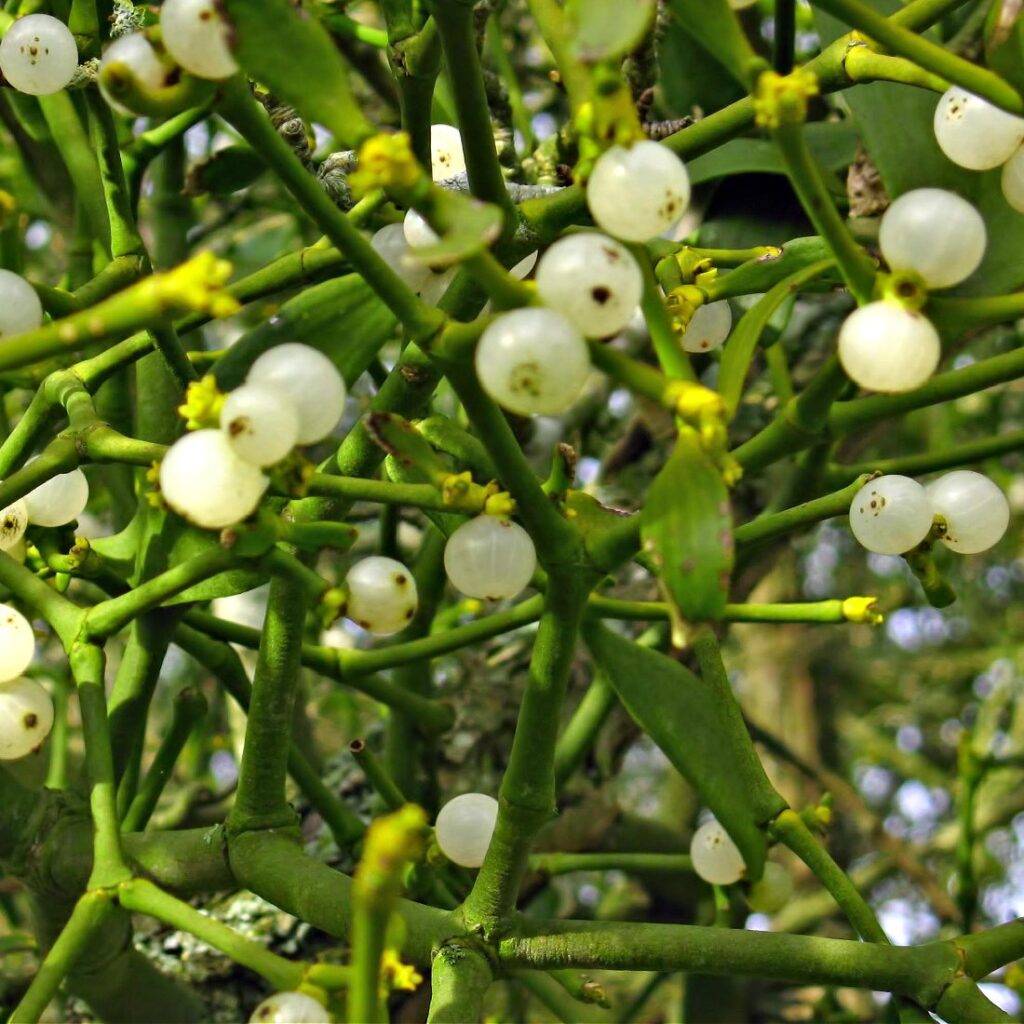
Wassail Symbol
Symbol of fertility, warmth, good health, goodwill.
Wassail is a drink that was brewed in ancient times during the Yule season. During the Yule season, people would wander through their crops pouring wine to the earth to bless it and yelling to drive away evil spirits. The wine became the wassail drink. This was a fertility rite performed by Druids and Pagans.
In the Middle Ages, feudal lords would give wassail generously to their peasants. The lord would give the peasants drink and food as a sign of goodwill.
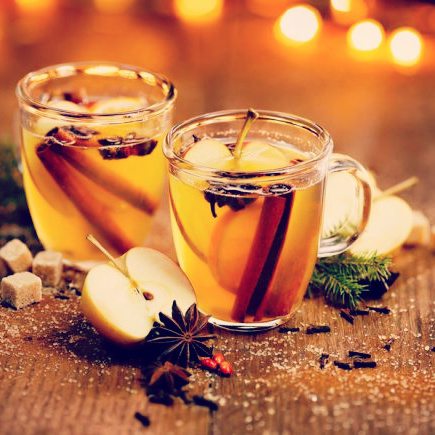
In Victorian England, people would go from house to house singing about and receiving wassail. The warm drink reminded people that the warmer days were coming again. The wassail was a drink made out of wine and spices. It symbolized warmth and good health.
In modern times wassailing has turned into caroling. People still go door to door wishing others good cheer.
Holly Tree symbol
Symbol of protection, good health, good luck.
Holly is associated with Yule time. During Pagan times the Holly King ruled until Yule when the Oak King would vanquish him and the days would grow longer again. Later their roles were switched and the Holly King defeated the Oak King during Yule. The Holly King kept his greenery throughout winter and oak got its leaves back in summer. Holly is a symbol of protection and the people would decorate their houses with holly sprigs to keep out evil spirits and offer shelter for benevolent fairies. They would use the holly in protection spells. People would wear holly to protect themselves and for good health. They believed the holly was sacred as it kept its color all through the wintertime.
Holly was used as a decoration in homes in later times to bring good luck. They would make wreaths out of it and decorate their doors and mantles.
In modern times holly is still used to decorate during the holiday season.
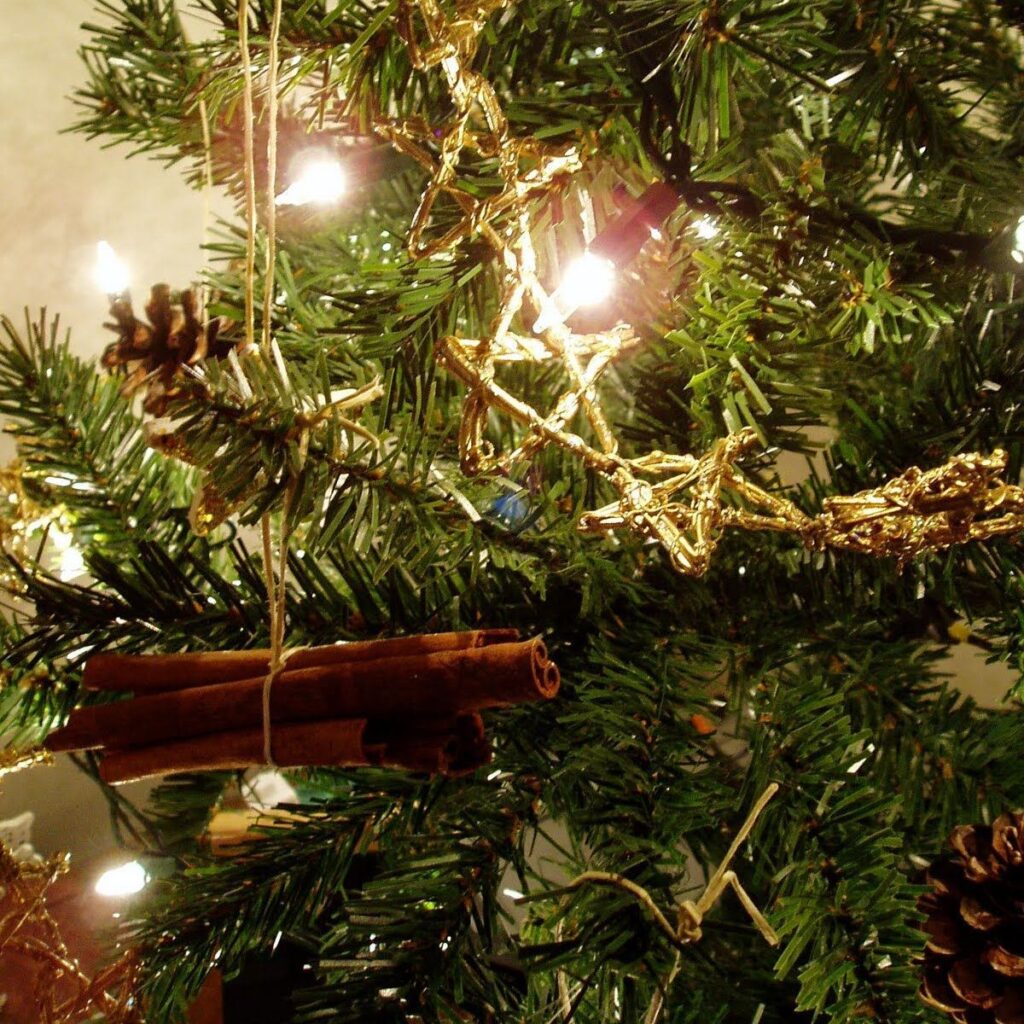
Gingerbread Symbol
Symbol of warmth, fertility, and health.
Ginger was not available to the wider world until the Middle Ages. Once it became available it became a part of the Yule tradition. Gingerbread was considered a specialty bread and was only baked during Yule. The spices used in gingerbread, ginger, cinnamon, and nutmeg, were considered warming and healthy. Gingerbread later became the gingerbread cookie which was popular and given as gifts by Queen Victoria. It was believed that if a man ate a woman’s gingerbread they would be married within a year and have children. Gingerbread became popularized in fairy tales.
Today people still build gingerbread houses and make gingerbread cookies during the holiday season.
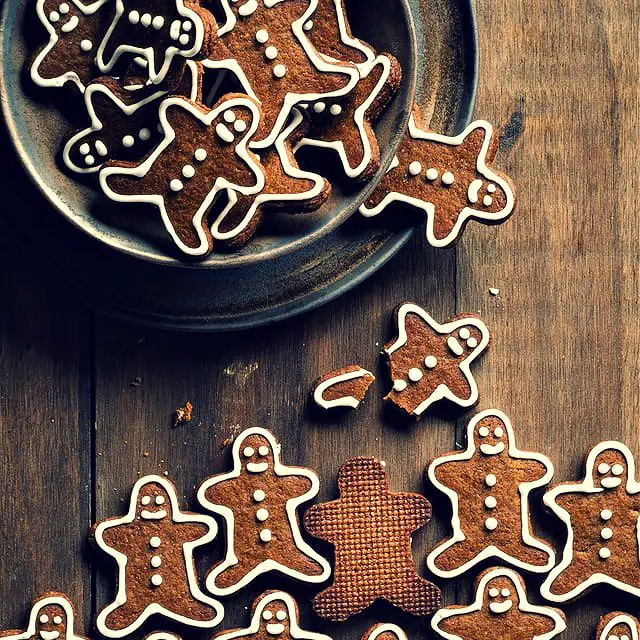
Yule Candle Symbol
Symbol of light, warmth, prosperity, protection, fertility, generosity, togetherness.
The Yule candle started as a Yule torch in ancient times. The Yule torch was used to light the Yule log and then provided light for the banquet. As people moved inside the torch was replaced with a candle. The Yule candles were lit from the Yule log and were expected to burn all night. If they burned throughout the night you would have a prosperous new year. The Yule candle protected the household from evil spirits by bathing it in warm light.
In Sweden, the Yule candle was burned and the leftover wax was placed on the plow blades in hopes for a fruitful crop in the new year.
In the United Kingdom, Yule candles were given as gifts from the grocer. The candles were large and were a symbol of generosity and togetherness.
In modern times the Yule candle has become part of the Christmas tradition. Candles are burnt to bring light back into a world of darkness.
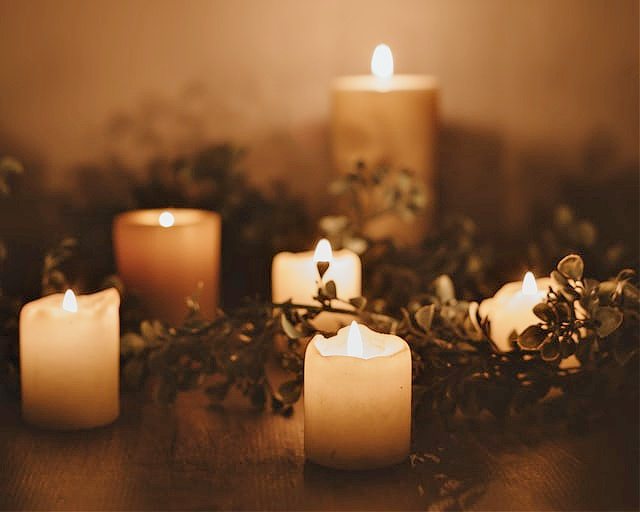
Ivy Symbol
Symbol of rebirth, life, eternity, friendship, family.
Ivy is a plant that lives after the host plant dies. For that, it is a symbol of rebirth. Ivy was made into wreaths by Pagans during Yule. The ivy represented the male and the holly represented the female. Wreaths adorned with both symbolized life. Because ivy does not turn brown in winter it also symbolizes eternity.
Ivy also symbolized marriage and was often worn as a crown during the Yule celebration. The Celts cleared their minds with the use of an ivy crown.
In modern times Ivy is used in wreaths and as decorations celebrating friendship and family.
